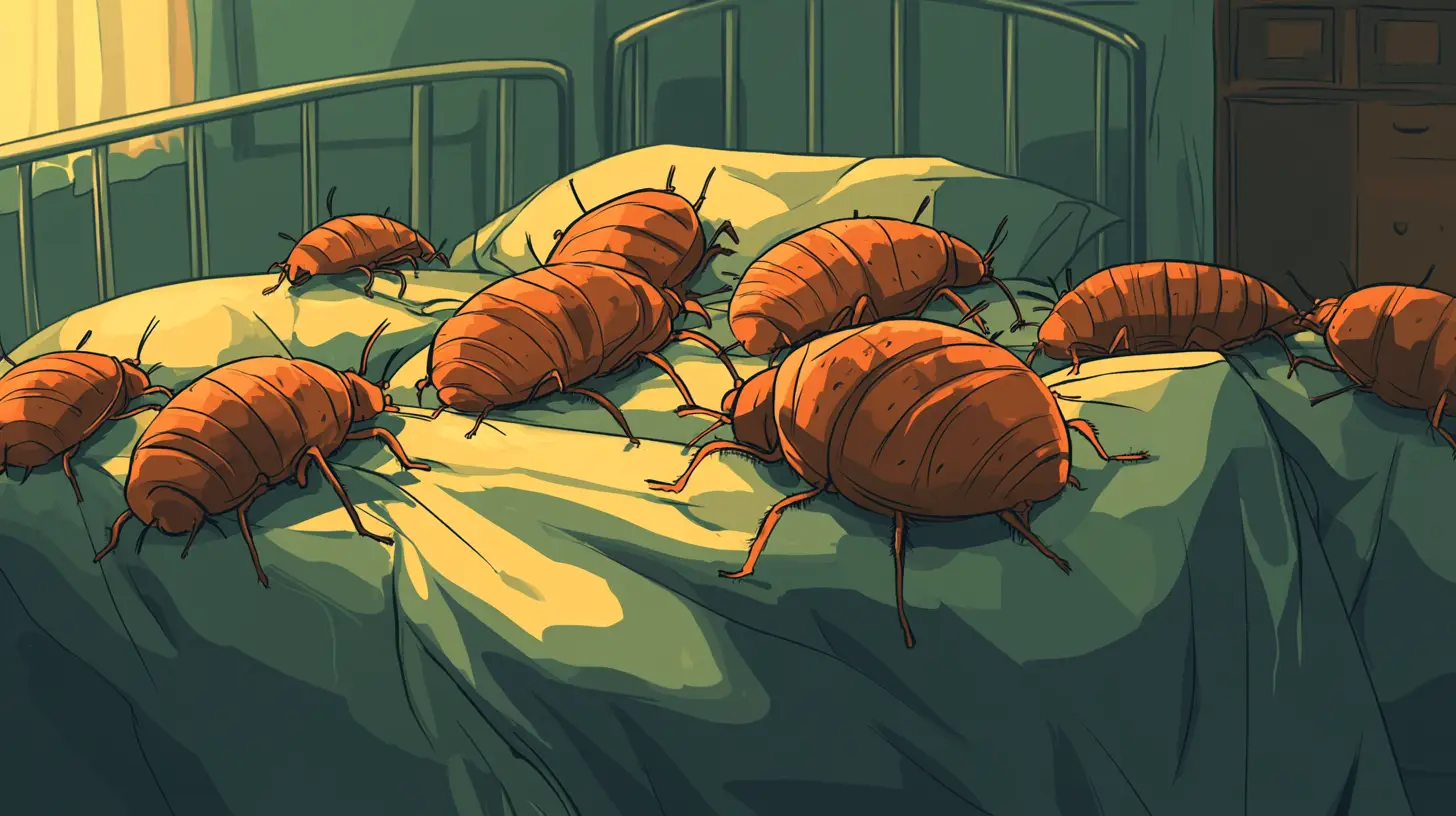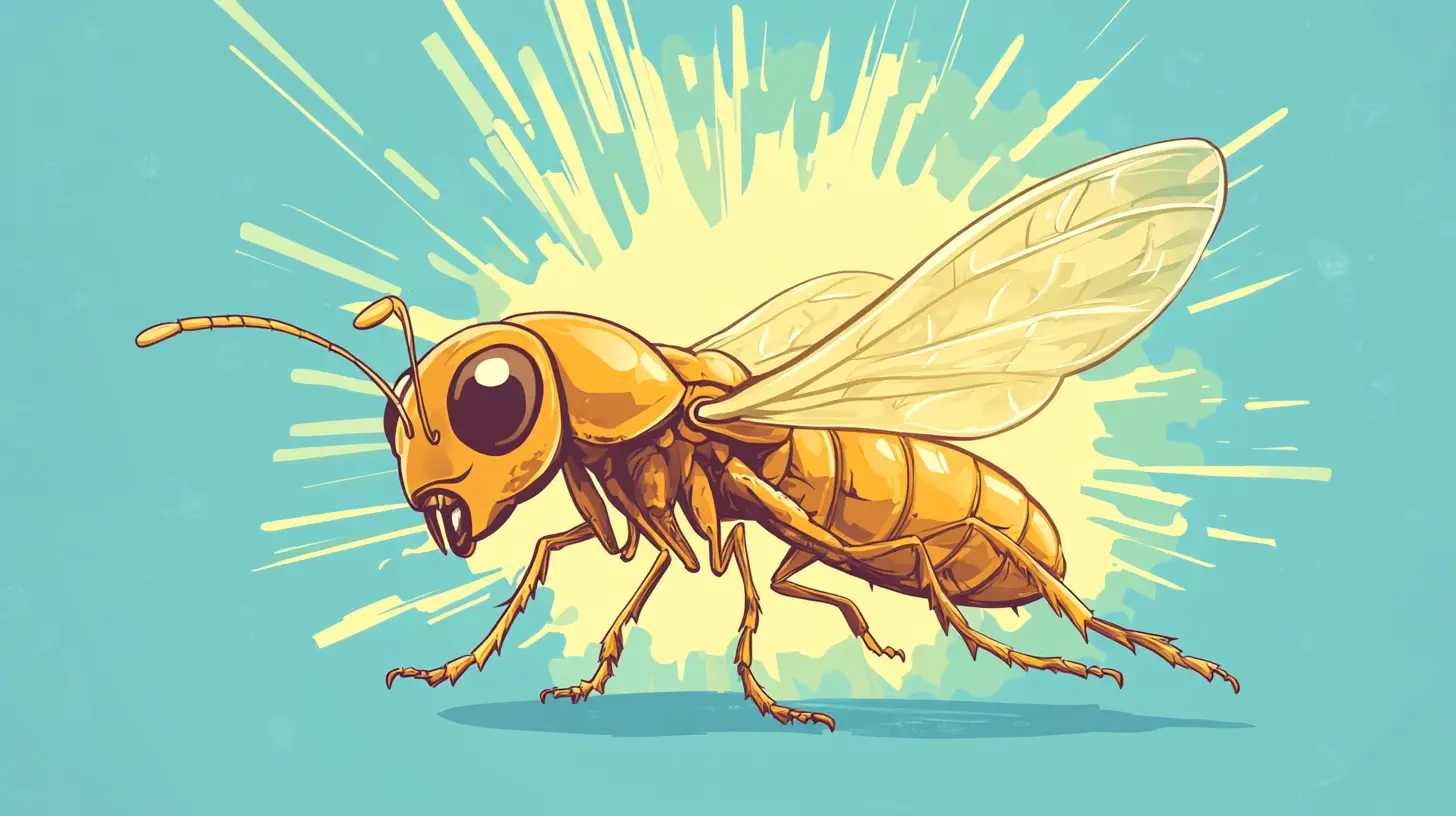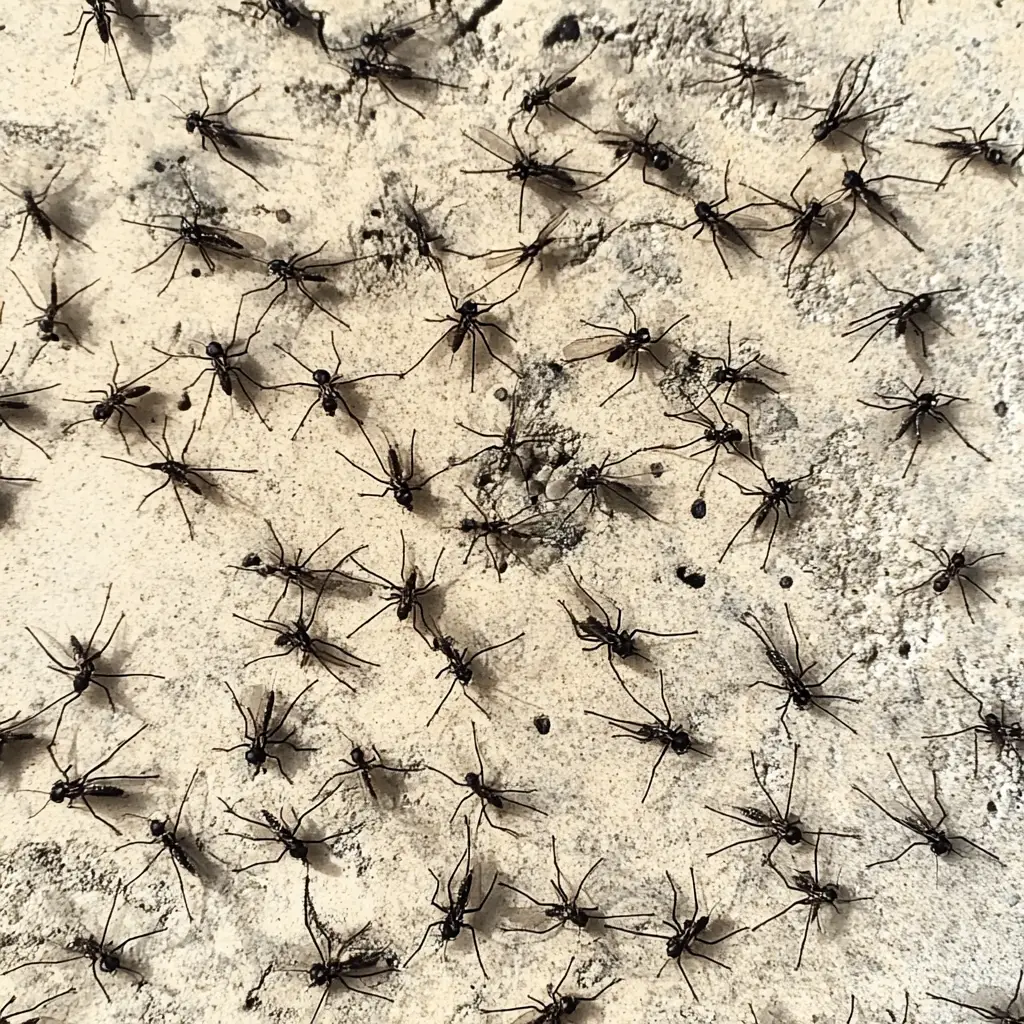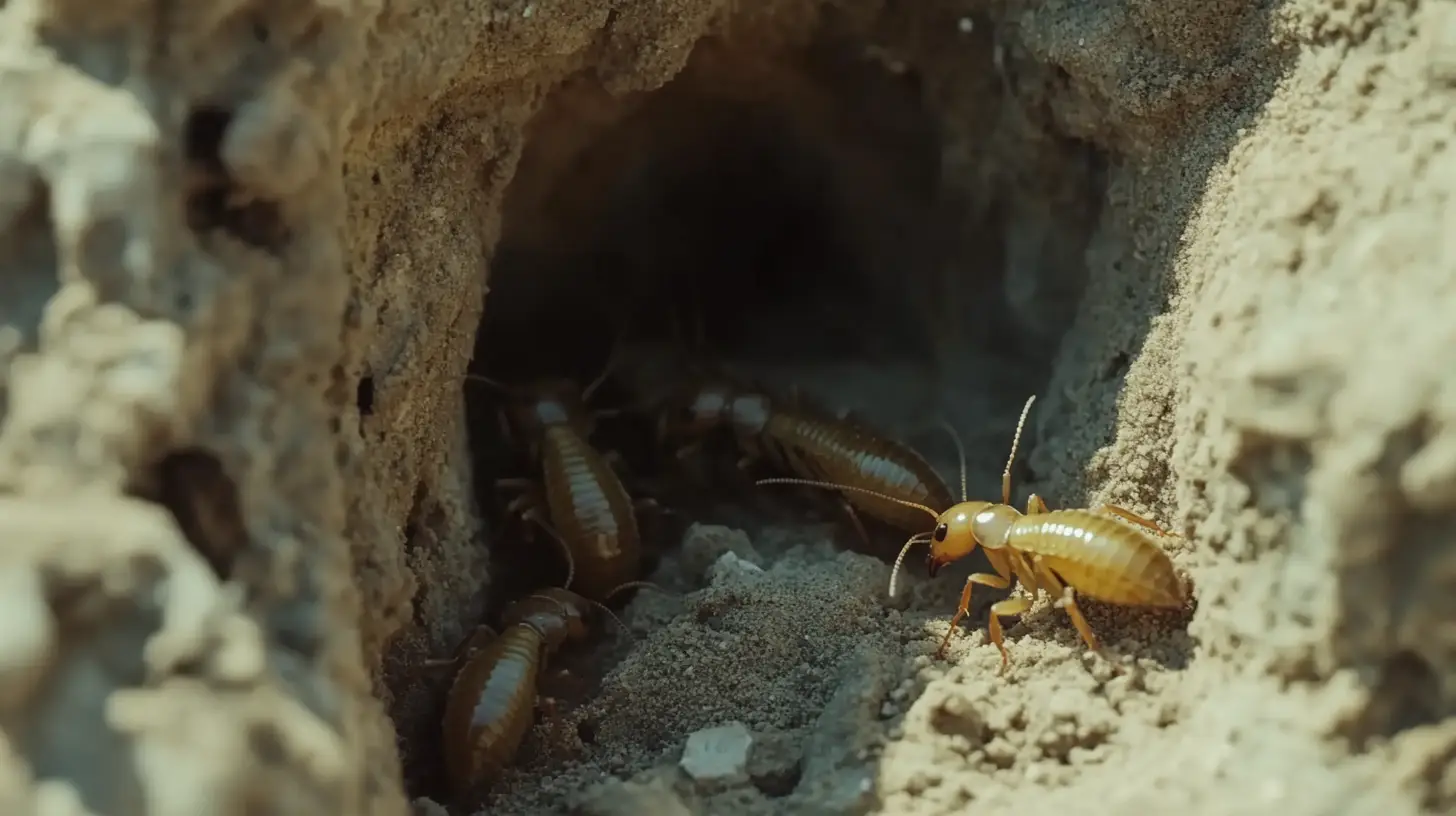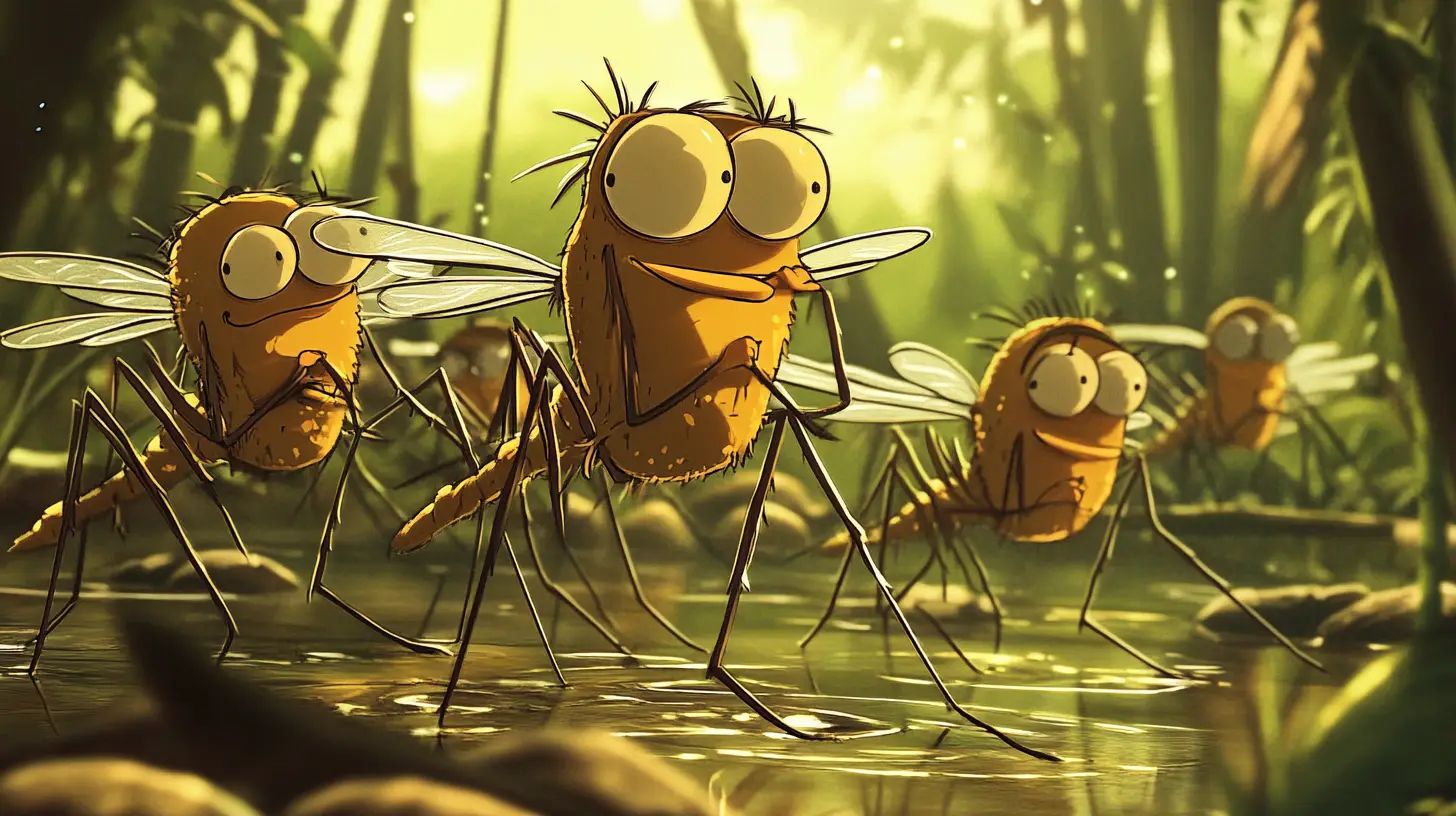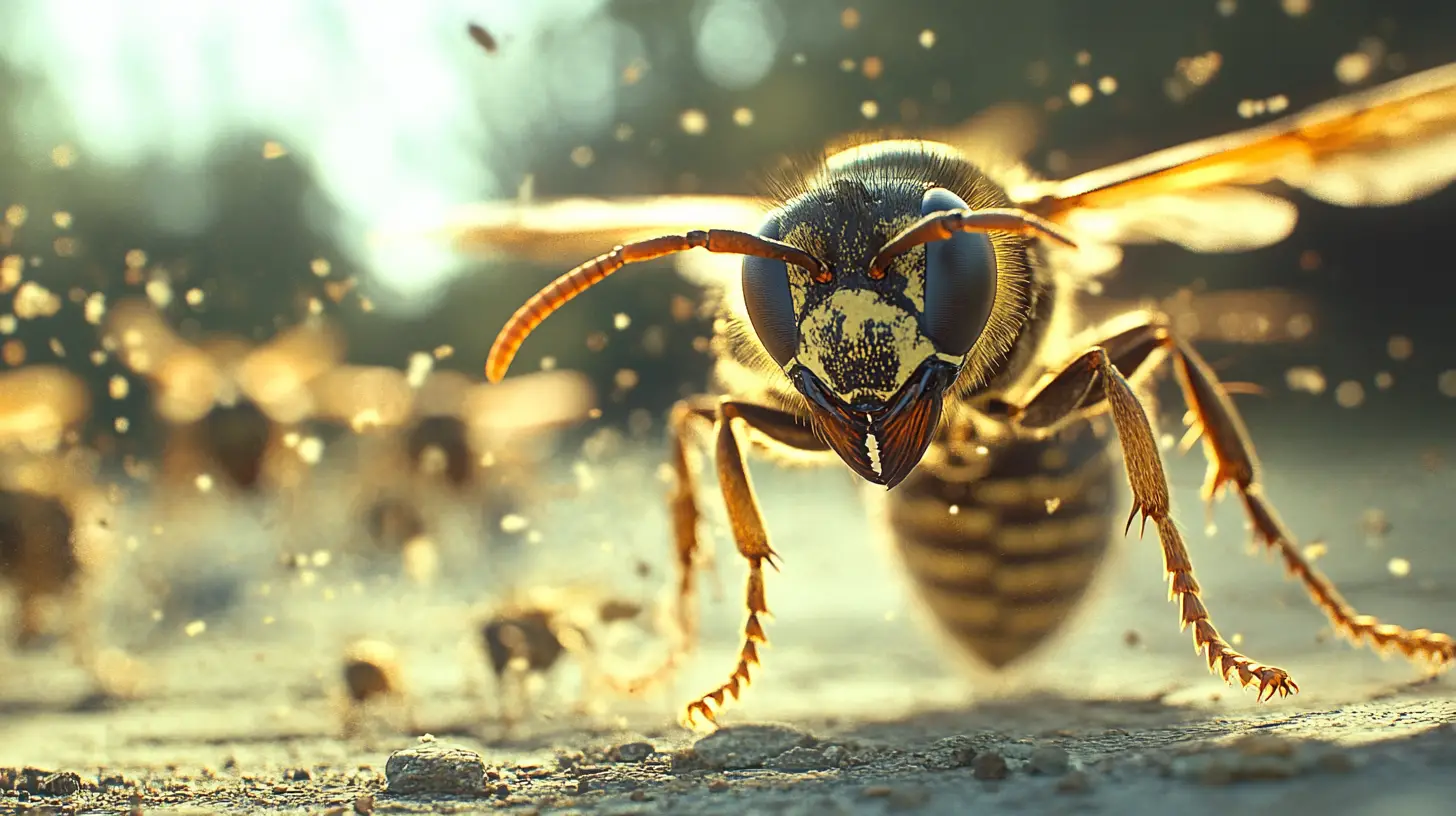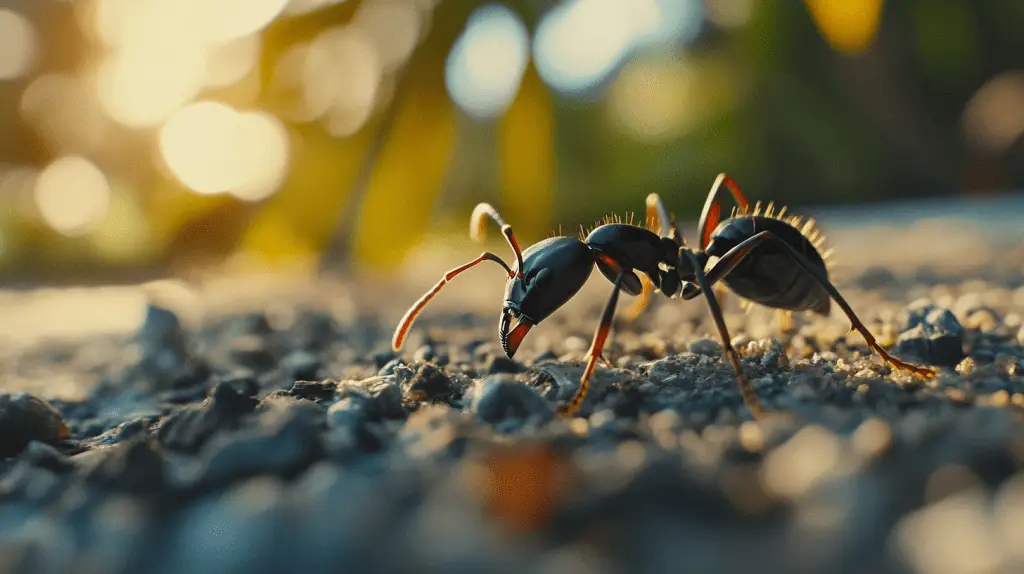
Table of Contents
Termites vs Ants: Have you ever noticed a swarm of flying insects around your home and wondered if they’re termites or ants? It’s a common dilemma for many homeowners, especially during the spring mating season when both pests are most active. While termites and carpenter ants share similarities, each poses unique threats to your home.
Understanding the differences between these two insects is crucial for pest control. Termites can cause extensive structural damage by feeding on wood, while carpenter ants carve out nesting spaces, leading to weakened wooden structures. This article will help you identify whether you’re dealing with termites or ants, ensuring you take the right steps to protect your home.
Key Takeaways
- Structural Damage: Termites cause significant structural damage by consuming wood, while carpenter ants create nests by excavating wood, weakening structures over time.
- Physical Traits: Termites have broad, rectangular bodies with no defined waist and straight antennae, while ants possess narrow, hourglass-shaped bodies with elbowed antennae.
- Damage Indicators: Carpenter ants leave polished tunnels and wood shavings outside their nests, whereas termites form rough, mud-filled tunnels and mud tubes along structures.
- Behavioral Patterns: Carpenter ants prefer moist wood for nesting and forage for food in the open, contrasting with termites that remain hidden and feed within the wood.
- Infestation Signs: Look for signs like frass piles and smooth tunnels for carpenter ants, and loose wings along with hollow-sounding wood for termites to accurately identify the pest.
Comparing Home Damage Caused by Termites & Ants
Carpenter Ant Damage
Carpenter ants create nests by excavating wood, especially in damp areas like bathrooms, basements, and under kitchen sinks. You’ll notice clean, polished tunnels, often with piles of sawdust-like material called frass. Typically, the surface of the wood appears undamaged or slightly sanded. This gradual damage takes years to manifest but could cost between $250 and $500 to repair. Severe infestations spanning several years may escalate costs into the thousands.
Termite Damage
Termites feed directly on wood, significantly compromising structural integrity. They build colonies within walls and furniture, creating tunnels that contain soil and mud. As termites eat wood from the inside out, they leave behind hollowed-out galleries and mud tubes for protection. Notably, subterranean termites create long mud tubes running from the ground to tunnel entrances. Interior damage may include blistered, peeling, or discolored wood surfaces. Repair costs vary widely based on damage extent, with substantial infestations leading to significant structural repairs.
- Wood Tunneling: Carpenter ants produce smooth, clean tunnels, while termite tunnels often have soil and mud.
- Tunnel Visibility: Carpenter ant nests leave visible frass piles outside wood, whereas termites’ hollow galleries remain internal until damage is severe.
- Damage Onset: Carpenter ant damage is slower, taking years, while termite infestations cause rapid structural damage.
- Repair Costs: Carpenter ant damage typically ranges from $250 to $500. Termite damage costs can vary significantly, depending on infestation severity.
In the debate of termites vs ants, identifying specific signs helps determine an appropriate control strategy.
Distinct Physical Characteristics
Identifying termites vs ants can be straightforward if you observe their physical features closely. These differences aid in accurate identification, crucial for pest control.
Variations in Body Shape
Body Shape: Termites and ants have distinguishable body shapes. Termites have a broad, rectangular shape with no defined waist. Ants, including carpenter ants, have a narrow, hourglass-shaped body with a well-defined, constricted waist.
Differences in Antennae
Antennae: Another critical difference between termites vs ants lies in their antennae. Termites possess straight, beaded antennae. In contrast, ants feature elbowed, bent antennae.
Wing Types
Wings: While both termites and ants have two sets of wings, there are notable distinctions. Termite wings are equal in size and shape and longer than the body. Ant wings differ in size; their front wings are larger than their hind wings. Also, termite wings fall off easily, so you often find detached wings near termite nests.
Color Differences
Color: The coloration of termites vs ants is another identifier. Termites are mostly transparent, light-colored, or creamy white. Ants, including carpenter ants, range from reddish to dark-colored. Carpenter ants are often seen foraging for food in the open, whereas termites avoid light and stay hidden unless their nest is disturbed.
Comparing Life Cycles
Life Cycles: Both termites and ants have distinct life cycles. Ants progress through four stages: egg, larva, pupa, and adult. Queen carpenter ants live up to 10 years, while males die shortly after mating, surviving only a few months or weeks. Termites have a five-stage cycle: egg, larva, nymph, molt, and adult. A queen termite can live up to 30 years, while worker and soldier termites live between one to two years, and reproductive termites live around three to four years.
Behavioral Variances
In the debate of termites vs. ants, understanding their behavioral differences is essential. Each insect’s habits contribute to identifying and addressing infestations effectively.
Natural Habitats
- Carpenter Ants: Carpenter ants prefer moist, damaged wood for nesting. They build clean tunnels and push out wood shavings near their nest holes. You often see reddish or dark-colored workers foraging for food.
- Termites: Termites thrive in damp, moist conditions and inhabit decaying wood or soil near water sources. They create ragged tunnels with dirt and mud layers for travel. Workers are typically light-colored or creamy white and avoid light.
Differences in Diet and Behavior
- Carpenter Ants: Carpenter ants don’t eat wood; they excavate it to create nests. You may find small piles of wood shavings or frass (insect waste) below the nest holes. They are omnivores, eating insects and sweet or greasy foods.
- Termites: Termites consume wood and other cellulose-based materials. Unlike ants, they nest where they feed, leading to hollowed wood that can blister, peel, or discolor. Termite pellets, often dark, accumulate near tunnel openings.
Tunnel Formation
- Carpenter Ants: Carpenter ant tunnels and galleries are smooth and finished. You may notice winding tunnels in soil mounds or rotting wood. These structures provide space for storing food and sheltering colonies.
- Termites: Termite tunnels are rough and filled with soil and mud. Termites build mud tubes on the outside of walls or between soil and wood to travel safely. It’s common to find these long mud tubes running from the ground to tunnel entrances.
Understanding these behavioral variances between termites vs ants helps in effectively identifying and controlling infestations.
Identifying Signs of Termites Versus Ants
Identifying whether termites or ants have infested your home is crucial for implementing the right pest control measures. You’ll find differences in their physical characteristics and behavior that can help determine the invader.
Signs of Carpenter Ants
Carpenter ants show distinct signs when they infest your home:
- Large, Winged Ants: You may spot large, winged carpenter ants, especially during swarming season inside or near your home. This indicates a mature colony nearby.
- Smooth Tunnels: Carpenter ants build smooth, finished tunnels in moist wood structures. These tunnels are often found in damp areas.
- Wood Shavings: They leave wood shavings or sawdust-like material, known as frass, outside of tunnel holes. Spotting this accumulation is a clear sign of their activity.
- Rustling Sounds: You might hear rustling or crackling sounds in walls or ceilings, especially at night when carpenter ants are most active.
- Hollow-Sounding Wood: Tapping suspected wooden structures and hearing a hollow sound implies carpenter ant damage.
Signs of Termites
Termites leave different signs that suggest their presence:
- Loose Wings: Discovering loose wings, particularly near tunnel holes, points to a termite infestation as termites shed wings after swarming.
- Rough Tunnels: Termite tunnels look ragged and rough, often layered with dirt, and differ from the smooth tunnels of carpenter ants.
- Mud Tubes: Subterranean termites construct mud tubes on walls or leading up to your home. These tubes are essential for termites to maintain moisture.
- Significant Wood Damage: Termites consume wood, leading to significant structural damage. Blistered or bubbling paint, and cracked or distorted wood, often indicate their presence.
- Hollow-Sounding Wood: Blistering, peeling, or hollow-sounding wood structures suggest extensive termite damage as they hollow out the wooden beams and columns supporting your house.
Recognizing these signs accurately helps differentiate termites vs ants, enabling pest management.
Managing Infestations of Carpenter Ants and Termites
Understanding the differences between termites and ants is essential for pest control. By recognizing the signs of each insect, you can carry out targeted strategies to manage infestations. Whether you’re dealing with carpenter ants or termites, early detection and intervention are key. If you notice any signs of infestation, it’s best to consult a professional pest control service. They can provide tailored solutions to protect your home from further damage. Stay vigilant and proactive to keep your home safe and secure.
Frequently Asked Questions (FAQs)
Do ants go to war with termites?
Ants are among the most threatening predators for termites, often engaging in large battles with them.
What kills termites instantly?
Liquid termiticides disrupt termites’ nervous systems or interfere with their molting. Pest control professionals often use these for immediate termite elimination.
How do I know if I have termites or ants?
Check their size and antennae. Termites have straight, beaded antennas, while ants have bent ones. This helps in distinguishing between the two.
How do I get rid of termites and ants?
Eliminate food sources, keep your home dry, use essential oils, seal cracks, and try vinegar or boric acid traps. Insecticides can also be effective.
What do termites hate the most?
Termites avoid cedarwood due to allelochemicals in cedar oil, which repel them effectively.

